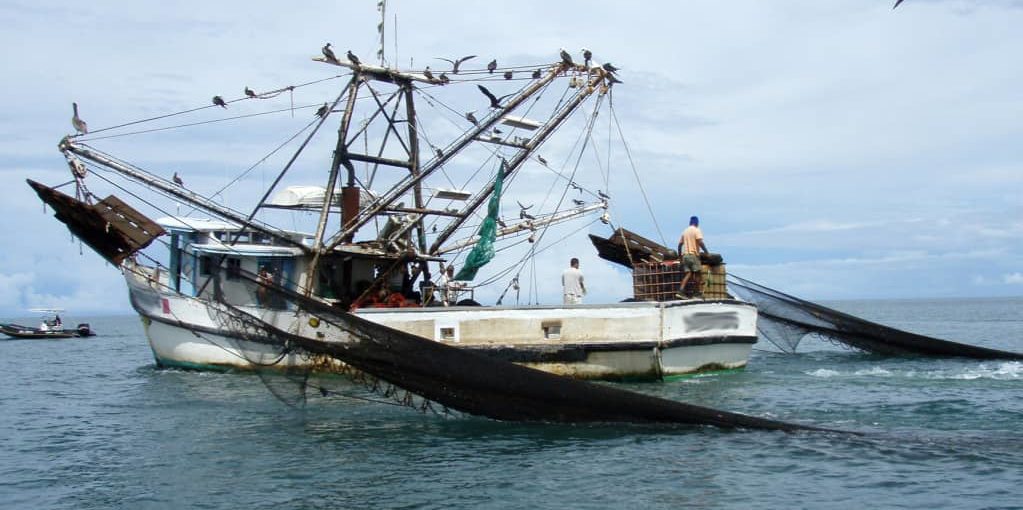Shimp trawling is one of the most destructive fishing methods in use, MarViva suggests alternatives
The MarViva Foundation urges the Costa Rican authorities to implement sustainable productive alternatives for the supply of shrimp, to avoid depending on the currently over exploited fishing resources.
As explained by Jorge Jiménez, General Director of the Foundation, for more than a decade Costa Rica has missed the opportunity to develop, in a sustainable and coordinated way, mariculture projects that generate jobs in coastal areas.
“Shrimp production with the highest environmental standards is viable and has the potential to position itself in international markets that increasingly demand the consumption of sustainable products. The trade figures show that the market exists and the development of technology has advanced considerably to allow a profitable and environmentally sustainable crop that would generate hundreds of jobs. We urge decision makers to look ahead, adopt new technologies, and stop promoting trawling as a form of fishing,” said Jiménez.
During the last years, the country has already exported more than one million tons of frozen farmed shrimp to countries such as Germany, France, Belgium and Spain. Enhancing the export value of the national production of farmed shrimp is a route to generate social and economic progress in the country.
“It is necessary to promote reforms in the labeling of fishery products, so that buyers and consumers can have information available on the fishing gear used in fishery products that they consume”, Jiménez added.
False reliance on trawling
Some national assembly deputies and certain sectors that promote the reactivation of trawling erroneously affirm that Costa Rica imports 2 million kilos per year of shrimp caught with trawl nets.
However, data from the statistical portal of the Foreign Trade Promoter (PROCOMER), referring to imports registered during the years 2017, 2018 and 2019, show that imports of farmed frozen shrimp represent more than 90% of total imports of this product to the country.
According to the Central American Tariff System, frozen farmed shrimp would enter the country under the tariff code 0306171100. In the case of frozen wild shrimp, the classification corresponds to the code 0306171900. An analysis of the trade figures for these tariff codes also confirms that farmed frozen shrimp report the highest volume and value in imports of this product to the country.
In 2017, imports of frozen farmed shrimp amounted to more than 1,500,000 kilos. Likewise, in 2018 and 2019, they exceeded 2,000,000 and 2,400,000 kilos, respectively. For their part, as of September 2020, these imports accounted for more than 900,000 kilos. These imports come mainly from Nicaragua, Honduras, Ecuador and Panama.
On the contrary, imports of fresh wild shrimp during 2017, 2018 and 2019 accumulate a volume of just over 250,000 kilos. In the case of wild frozen shrimp, the imported volume corresponds to just over 155,000 kilos for the same period.
For all imports of wild shrimp it is not possible, at the customs and labeling level, to make a differentiation as to whether they were caught with trawl nets or other methods.
Andrea Solano Benavides
Communications Manager
Marviva Foundation
andrea.solano@marviva.net
You May Also Like
President Carlos Alvarado Vetoes Costa Rica’s Controversial Shrimp Trawling Project
Costa Rica Boosts Plan to Track Vessels, Combat Illegal Fishing
Subscribe to our Mailing List
[yikes-mailchimp form=”1″]



















